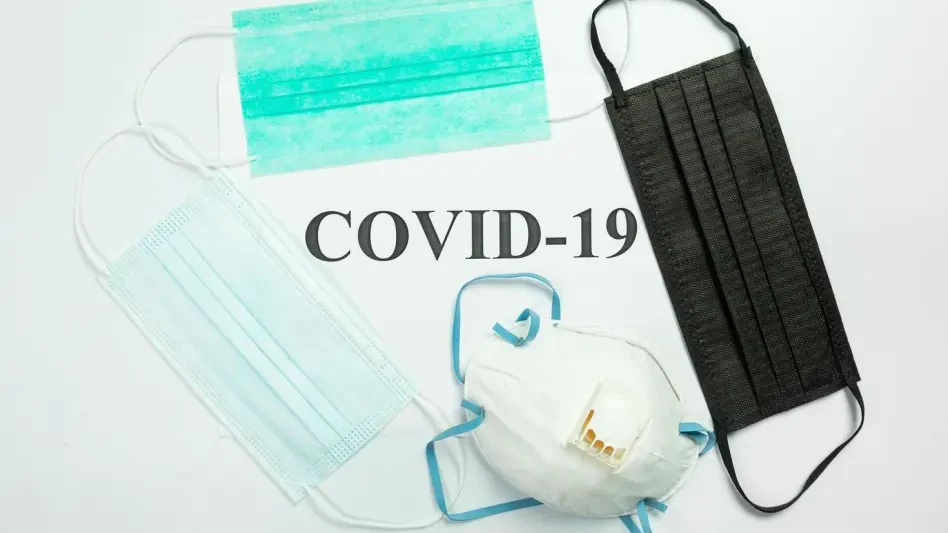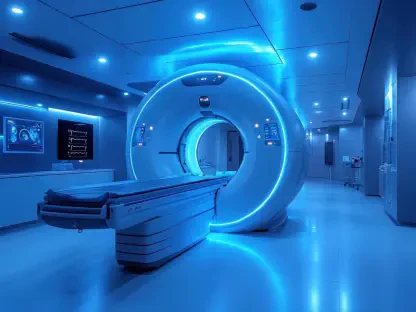Introducing Faisal Zain: a seasoned healthcare expert whose pioneering work in medical technology has significantly impacted the manufacturing of diagnostic and therapeutic devices. With deep insights into innovation in the medical field, Faisal Zain joins us to discuss the nuances of FDA policies and approvals in advancing healthcare.
Can you explain the rationale behind the FDA’s decision to recommend vaccines based on the JN.1 lineage and the LP.8.1 strain for the upcoming Covid-19 season?
The FDA’s decision is grounded in the prevalent circulation of these strains, especially the LP.8.1 variant in the U.S. By tailoring vaccines towards these strains, the FDA aims to enhance effectiveness against current variants, responding dynamically to the evolving landscape of Covid-19. This strategic recommendation ensures a better match between the vaccine and the virus, potentially enhancing protection during the upcoming illness season.
How does the FDA’s new policy impact the vaccine approval process for high-risk groups compared to younger and healthier individuals?
The FDA has shifted its focus towards protecting those most vulnerable to severe outcomes, such as the elderly and those with underlying conditions. For younger and healthier demographics, the regulatory approval process demands more robust data from randomized clinical trials before vaccines are authorized. This approach reflects a prudent balance between safeguarding high-risk groups and ensuring evidence-based safety and efficacy in low-risk populations.
What specific data will the FDA be looking for in randomized, controlled clinical trials for low-risk individuals before approving vaccines for them?
The FDA seeks comprehensive and gold-standard data demonstrating vaccine efficacy and safety within low-risk groups. This includes evidence of the vaccine’s ability to prevent the disease and mitigate any adverse effects, offering a quantitative basis to inform future regulatory decisions and meet the health care system’s needs effectively.
How does the approval of Novavax’s vaccine differ from the approvals of Pfizer and Moderna’s mRNA vaccines?
Novavax’s vaccine approval reflects a more selective approach, limiting use to high-risk demographics, unlike the broader reach of Pfizer and Moderna’s mRNA vaccines. This distinction underlines a more targeted strategy, potentially reducing unnecessary exposure in lower-risk populations and refining the focus on those most in need of protection.
Could you elaborate on the discussions at the CDC’s Advisory Committee on Immunization Practices (ACIP) that influenced the FDA’s vaccine approval strategy for high-risk groups?
The ACIP discussions underscored the need to prioritize vaccination for groups with the highest vulnerability, considering the uncertain benefits of repeated dosing in others. The committee’s insights influence the FDA in calibrating its strategy, aligning vaccine approvals to target those who would most benefit.
What is the significance of Liquidia’s FDA approval for Yutrepia, and how does it compare to other treatments for pulmonary diseases?
Liquidia’s Yutrepia represents a pivotal advancement in pulmonary hypertension treatment, distinguished by its delivery via an inhalable powder. This mode offers convenience and potentially improved patient compliance compared to traditional treprostinil formulations, enhancing treatment options in this competitive therapeutic landscape.
How does the addition of COPD to the label of GSK’s Nucala impact its competitive landscape?
Adding COPD to Nucala’s label broadens its market reach, enhancing competitiveness against rivals like Dupixent. This expansion allows Nucala to target a larger patient demographic, while strengthening its position in addressing type 2 inflammation, crucial in COPD treatment.
Can you explain the importance of Fujirebio Diagnostic’s blood-based test for Alzheimer’s disease and how it differs from their previous diagnostic methods?
This innovative blood-based test revolutionizes Alzheimer’s diagnosis by offering a non-invasive alternative to cerebrospinal fluid tests, making it more accessible and less daunting for patients. This advancement facilitates earlier detection and intervention, significantly enhancing diagnostic convenience and patient experience.
Could you discuss Merck’s expanded approval for Welireg and its implications for the treatment of PPGL?
Welireg’s expanded approval is transformative, providing the first FDA-approved option for PPGL, a rare tumor condition. This broadened usage underscores the drug’s potential in rare disease management, marking an important milestone in offering targeted therapies for previously underserved patient populations.
How did Incyte’s drug retifanlimab overcome initial setbacks to gain FDA approval for squamous cell carcinoma of the anal canal?
Incyte persevered through initial FDA rejections by providing additional data showcasing retifanlimab’s efficacy. Their commitment to addressing regulators’ concerns and demonstrating robust clinical outcomes enabled clearance, reflecting the company’s dedication to advancing cancer treatment options.
What does AbbVie’s accelerated approval for Emrelis signify for its development and the treatment of non-small cell lung cancer?
Emrelis marks AbbVie’s foray into solid tumor therapeutics, highlighting their innovative approach to lung cancer treatment. This accelerated approval underscores promising clinical data and the potential to address unmet needs in oncology, driving the development of novel therapeutic strategies.
How will Verastem Oncology’s newly approved combination therapy impact the treatment landscape for low-grade serous ovarian cancer?
This combination therapy opens new avenues in ovarian cancer treatment, offering a tailored approach to low-grade serous types specifically. Its dual molecular mechanism enriches oncologic practices by introducing a more nuanced, effective treatment regimen for this rare cancer form.
Can you explain the regulatory differences in approval for Eisai’s Leqembi in the U.S. and by the European Commission?
Leqembi’s approval variances stem from distinct risk profiles linked to the ApoE4 gene, with the European authorization being more restrictive. This divergence highlights regional differences in genetic considerations and underscores tailored risk management in Alzheimer’s therapy.
How does J&J’s broader label for Imaavy in treating generalized myasthenia gravis compare to existing treatments?
Imaavy’s broader label positions it as a versatile option in neuromuscular disorder treatment, enhancing competitive advantage over narrower-scope therapies. Its inclusivity may drive higher adoption rates, offering comprehensive solutions within myasthenia gravis management.
What were the challenges Akeso faced in achieving FDA approval for penpulimab?
Akeso navigated regulatory hurdles by addressing rigorous FDA demands and demonstrating penpulimab’s efficacy and safety as a first-line NPC treatment. Their ability to respond to agency inquiries and optimize clinical trial design was key in obtaining approval.
Could you discuss the implications of the FDA lifting its clinical hold on Atara Biotherapeutics’ Ebvallo?
Lifting the clinical hold on Ebvallo resuscitates its potential in treating advanced EBV-related conditions, paving the way for clinical progress. This regulatory decision restores optimism for the therapy’s development, reflecting the FDA’s confidence in overcoming prior manufacturing issues.
How does Abeona Therapeutics’ Zevaskyn contribute to the treatment of epidermolysis bullosa, and how does it compare to other treatments?
Zevaskyn represents a groundbreaking gene therapy for epidermolysis bullosa, leveraging patients’ skin cells to address the core genetic defect. This particular approach distinguishes it from existing therapies, offering a personalized, potentially more effective solution.
What factors led to the FDA’s approval of Dupixent for its seventh indication, chronic spontaneous urticaria?
Dupixent’s recent approval for urticaria showcases Sanofi’s strategic resubmission with compelling Phase 3 data. This milestone reflects methodological persistence and positions Dupixent as a versatile biologic, enhancing its portfolio across inflammatory conditions.
How does Click Therapeutics’ app CT-132 fit into the digital therapeutic landscape for migraine prevention?
CT-132, as a novel digital tool for migraine prevention, exemplifies Click Therapeutics’ innovative synergy between technology and healthcare. By integrating this mobile app, the company expands its therapeutic reach, offering accessible and non-pharmacological options for migraine sufferers.
Do you have any advice for our readers?
Embrace the transformative nature of medical technology and remain open to innovative health solutions. As regulatory landscapes evolve, staying informed and flexible is paramount in navigating healthcare advancements and optimizing patient outcomes.









